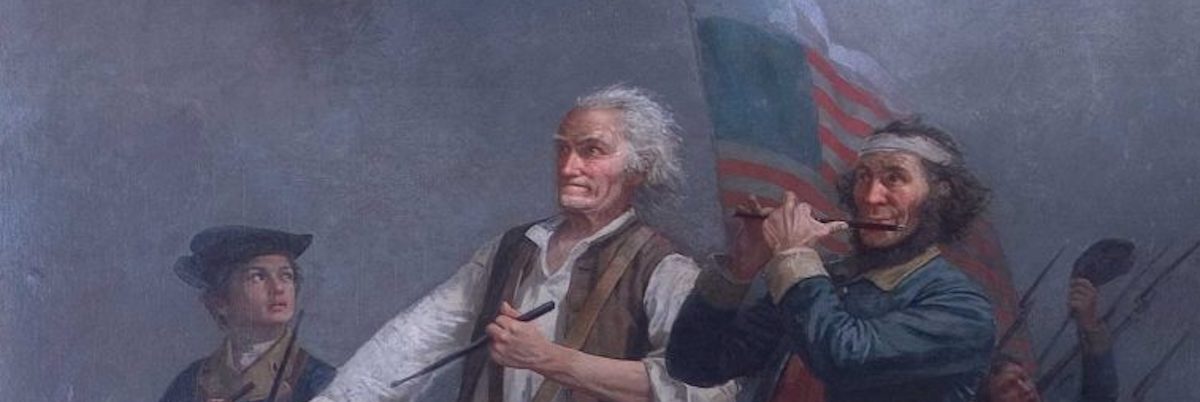What is considered a “Civil War“ fife?
It is a good question that comes up every day when trying to buy a true “Civil War” fife.
I will first give you what is NOT a Civil War fife:
A Cloos fife, with any mark, is NOT a Civil War fife!
Let me say that again:
A Cloos fife, (made by George Cloos of Brooklyn New York) with any mark, (Geo. Cloos, Crosby GC, Geo. Cloos/Crosby, Cloos, etc…….) is NOT a Civil War fife!
One more time:
A CLOOS FIFE IS NOT A CIVIL WAR FIFE!
Now that we have that straight, let’s go onto what is a Civil War fife.
Note: I will be dealing with Cloos in another article, but not at this time.
The quest to find what is a Civil War fife is very easy, as the US had many woodwind makers during the time of the war, and there are references to makers being awarded military contracts. (Not all woodwind makers made for the military, but that doesn’t mean they didn’t sell to state regiments, thus if a maker was in business during the war it would be considered a Civil War fife maker.)
Civil War fifes fall into 2 categories: Marked and unmarked.
Let’s deal with the unmarked first.
In the over 325 fifes that are in my collection, I possess many unmarked fifes. Some I have purchased because the previous owner stated that they were used in the Civil War.
Here is my opinion:
Unless it has a makers mark, or has been compared to another fife that has a markers mark and found to be similar, it is impossible at this time to determine who made the instrument, thus it is impossible to determine if the fife was used in the Civil War.
Yes, I know that it was told to you that the fife in your possession was used by great-great-great grandpa in the Civil War, and has been in the family all this time.
Unfortunately without direct documentation of the instrument (a picture of the exact instrument in your ancestor’s hands) it is impossible to say, without a doubt, that this was used in the war.
Remember, the Civil War ended more than 150 years ago, and family relic’s histories can change.
To give an example:
A well-known historical society, which shall remain nameless, had a fife and music book donated by a family who said WITHOUT DOUBT that what they had was used by their ancestor in the War of 1812.
The fife was put on display for years stating this fact.
I came along one day and asked to take a look at the instrument.
What did I find?
A maker’s mark that no one had seen.
And the maker was not in business until 1847, 35 years after the War of 1812 ended.
Surprise, surprise, surprise!!!!!
Was this their ancestor’s fife?
Maybe, but most likely purchased at a much later date and the history of him playing fife in the War of 1812 (Which he did) and the fife, which was purchased later in life, merged.
Thus to repeat myself:
You cannot determine if a fife was used during the Civil War unless it has a maker’s mark or very, very solid documentation.
Now let’s deal with marked fifes, which is very easy.
If a maker was in business during the Civil War it can be considered a Civil War fife!
Now, I must make a statement about makers:
Not all marked fifes are the true maker of the instrument.
What?
How can this be?
Well to put it simply, some “makers” were importers, or what we call in the music industry, “jobbers”.
They have another maker make the instrument and they stamp their name of it.
But for this study, they are all referred to as makers.
Below is a list of some of the makers who were in business:
Baack
Bauer
Crosby
Ditson
Draper
Eisenbrandt
Firth, Pond & Co
Firth & Son
J C Haynes
William Hall
Joerdans
Klemm
Peloubet
William Pond & Co
Henry Riley
Rohe & Leavitt
Wurlitzer
This is only a partial list of American makers that would have been in business during that period, but it represents a cross section of fife making during the Civil War.
If you have other questions regarding a fife that you prossess, please use our contact page.
